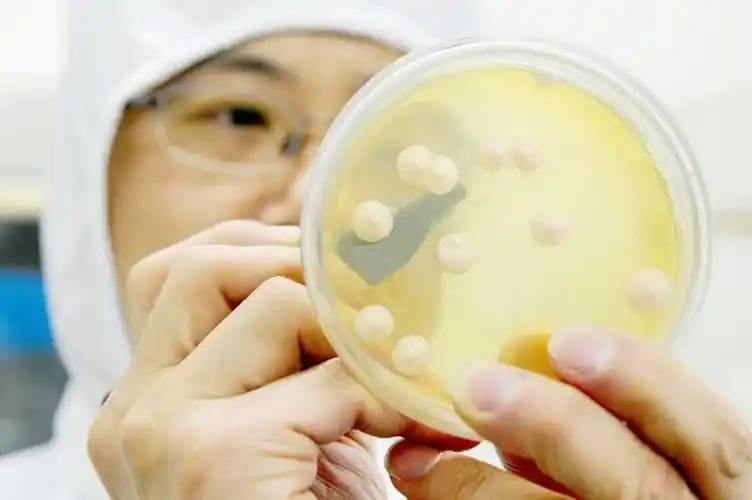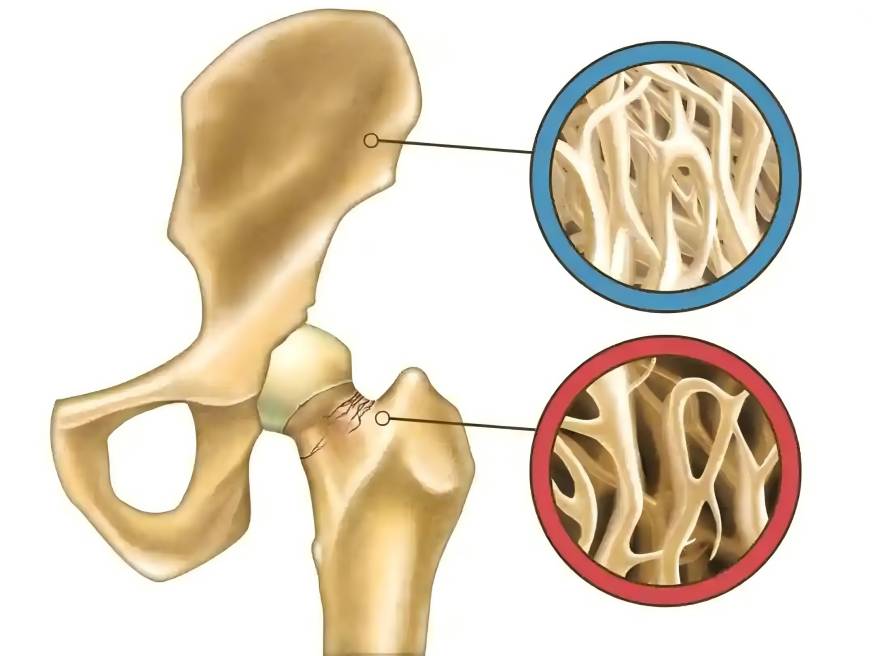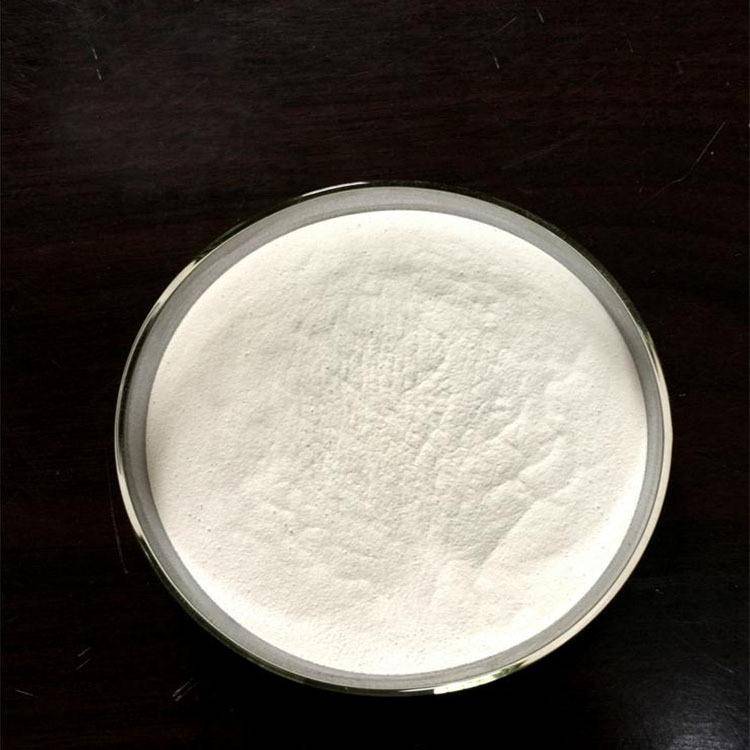What Are the Uses of Galacto Oligosaccharides Powder?
Galactooligosaccharides (GOS) are functional oligosaccharides with natural properties. They are a type of heterooligosaccharide formed when β-galactosidase acts on lactose to link 1–4 galactose units to the galactose group of the lactose molecule. GOS has the effect of promoting the proliferation of beneficial bacteria in the human intestine, inhibiting the growth of intestinal putrefactive bacteria, improving lipid metabolism, reducing the concentration of total serum cholesterol, and promoting the absorption of mineral elements. It also has the characteristics of low calories and good solubility. In today's society, the functional properties and production research of galacto-oligosaccharides have become a global focus of attention. This paper reviews the research progress of galacto-oligosaccharide production technology, physiological effects and application status, and further looks at its application prospects.
1 Research progress in production technology
The key technologies for the fermentation production of galacto-oligosaccharides are the selection and breeding of excellent fermentation strains, efficient fermentation and separation and purification techniques.
1. 1 Strain selection
The production of oligosaccharides by microbial fermentation, the strain, medium and culture conditions can greatly affect the yield and quality of GOS. Therefore, the selection of production strains is the most critical task and technology in the fermentation industry and is generally valued. The hydrolytic activity and transglycosylase activity of β-galactosidase from different microbial sources vary greatly. In recent years, there have been reports on the synthesis of GOS by β-galactosidase from different microbial sources.
In 2003, Cho [1] et al. purified β-galactosidase from Bullera singularis KCTC7534 and used lactose as a substrate for transglycosylation, producing up to 50% oligosaccharides. Wang Hongmei and Xiao Min [2] obtained a β-galactosidase producing bacterium with transglycosylation activity in 2006 through screening experiments of hydrolytic activity and transglycosylation activity from 97 strains of preserved bacteria in their laboratory. It was identified as Bacillus megaterium 2-37-4-1. The content of various components were analyzed by high-pressure liquid chromatography and were found to be 25.68% oligosaccharides, 33.02% disaccharides (including lactose and transfer disaccharides), 26.37% glucose and 14.92% galactose.

1.2 Efficient fermentation
Fermentation conditions and culture medium composition can significantly affect the concentration, conversion rate and production intensity of fermentation products, and their cost directly affects the economic benefits of the entire fermentation process. Therefore, researchers have also studied the efficient fermentation production of galacto-oligosaccharides.
Li Derong of Guangxi University [3] used Alternaria as the starting strain to study the fermentation conditions for producing β-galactosidase, and carried out optimization experiments on the composition of the fermentation medium. After many repeated experiments, it was determined that the medium formula was: 2% lactose, 3% soybean meal, 0.2% sodium nitrate, 0.15% K2HPO4, MgSO4 0.05%, KCl 0.1%, FeSO4 0.015%, pH 5.0. The optimal enzyme production conditions are: fermentation temperature 30°C, shaker speed 180 r/min, and culture time 60 h. Under these optimized conditions, the enzyme activity of the enzyme produced by this bacterium can reach 8.76 U/mL, which is 1.96 times the enzyme activity before optimization. After this β-galactosidase was covalently immobilized using chitosan as the carrier and glutaraldehyde as the cross-linking agent, the enzyme activity and yield of the prepared immobilized enzyme were greatly improved, and the final lactose hydrolysis rate could reach 70%, and the yield of oligosaccharide galactose could reach 31%.
1. 3 Separation and purification technology
At present, the yield of enzymatic synthesis of galacto-oligosaccharides is 24% to 57%, and the purity of the product is not high. In order to further increase the GOS content in the product and enable it to better exert its unique physiological functions, it is necessary to use separation and purification technology to further refine the galacto-oligosaccharide product. At present, the main methods for separating and purifying GOS include membrane separation, gel column separation, and microbial fermentation.
Mao Genian [4] and others used an ion exchange resin method to separate and purify oligosaccharides from a syrup containing galacto-oligosaccharides, galactose, lactose and glucose. The separation and purification conditions were optimized using a uniform design method, and the oligosaccharides were measured using thin-layer chromatography. The results show that the use of strongly acidic cation exchange resin at a temperature of 60 ° C, an injection volume of 10 mL, an eluent flow rate of 3 mL / min, and a resin height of 600 mm can effectively remove glucose, lactose and galactose from the syrup, thereby increasing the GOS content in the product. Within the optimal receiving range, the total recovery rate of each sugar component in the syrup can reach 96.3%, and the GOS content in the final product can reach 63.8% of the total sugar content. Beijing University of Chemical Technology [5] used a dextran gel Sephadex G-25 column to separate and purify a mixture of galacto-oligosaccharides. Experiments have shown that this gel column can be used to obtain a GOS mixture with a purity of 85.03% and only a small amount of lactose. If a second column is used, the separation effect is even more pronounced, and the purity of GOS can reach 89.39% .
2 Physiological functions of oligosaccharides
2. 1 Promotes intestinal mucosal repair
Some studies have shown that oligosaccharides, as a prebiotic, can inhibit intestinal mucosal damage and promote intestinal mucosal repair. Duan Yun [6] established a model of 48 rats with acute high-altitude hypoxia in a highland area of 3,848 meters. 24 rats were randomly selected as the high-altitude hypoxia control group, and the other 24 rats were added with prebiotics (olig galactose). The rats were then divided into 6 groups of 8 rats each at the time points of 2d, 4d and 6d. Occludin protein expression was detected using immunohistochemistry, and the expression levels of tumor necrosis factor-alpha (TNF-α) and interleukin-10 (IL-10) in ileal tissues were determined using ELISA.
The study showed that compared to the hypoxic group at each time point, the amount of occludin protein in the prebiotic group was significantly higher (P<0.01), the expression level of TNF-α was lower, and the expression level of IL-10 was higher (P<0.05). The results showed that oligosaccharides can significantly increase the expression of occludin, a tight junction protein in the intestinal mucosa of rats exposed to acute hypoxic conditions, thereby inhibiting the damage to the intestinal mucosal barrier caused by hypoxic conditions and repairing the intestinal mucosa. in the intestinal mucosa of rats, thereby inhibiting the destruction of the intestinal mucosal barrier caused by altitude hypoxia and repairing the intestinal mucosa.
2. 2 Improve human immunity
As a prebiotic, galacto-oligosaccharides do not have any effect on the immune system per se, but can affect the immune system by influencing the flora in the large intestine. Christine Hughes [7] showed that galacto-oligosaccharides as a food supplement can reduce the symptoms of immune dysfunction in students caused by excessive exam stress. The study subjects were university students who were about to take their graduation exams. 427 test subjects were selected, and they were given 2.5–5 g of GOS every day for 8 weeks. The frequency of cold and flu symptoms caused by excessive study and exam pressure was recorded. The results showed that appropriate supplementation with oligosaccharides can significantly reduce the incidence of influenza in test subjects, thereby effectively improving human immunity.
2. 3 Inhibit osteoporosis and lower cholesterol
Osamu [8] found that feeding a certain amount of galacto-oligosaccharides to ovariectomized rats can promote the absorption of calcium ions and inhibit osteoporosis. Studies have shown that after feeding ovariectomized rats with foods containing oligosaccharides for 8–10 and 18–20 days, the calcium ion absorption level was significantly higher than that of rats not added with GOS. The bone ash weight of the femur and tibia of ovariectomized rats fed with GOS and the calcium content of the tibia were significantly higher than those of the control group.

Galacto-oligosaccharides can be fermented by bacteria in the intestine and can produce short-chain fatty acids using undigested carbohydrates in food. This has a cholesterol-lowering effect by inhibiting cholesterol synthesis in the liver and causing cholesterol in the blood to be redistributed to the liver. Although the removal of the ovaries from test mice will increase the cholesterol content in the serum, it has been verified that the addition of GOS can significantly reduce the cholesterol content in ovariectomized rats.
2. 4 Promoting growth and development in infants
Breast milk is rich in various oligosaccharides, and breast milk oligosaccharides are important prebiotics. They are also the main factor influencing breastfed infants in obtaining a intestinal flora dominated by bifidobacteria and enhancing immune function.
Luo Yadong [9] added 2.4 g/L oligosaccharides to infant formula and compared it with breast milk as a control group. It was found that after infants consumed formula with added GOS, the acetic acid content in the stool was significantly increased, the stool consistency was improved, the frequency and volume of stools increased, and there were no significant intestinal adverse reactions (crying, spilling milk, vomiting) in the infants. It was also found that the incidence of protein allergies in infants occurrence, improve infant nutrition and immune function. Wang Fang [10] added a certain amount of oligosaccharides and fructo-oligosaccharides to formula milk, and statistically analyzed data such as infant growth and development. The results showed that formula milk with added oligosaccharides had a strong driving force for weight and length gain. The addition of oligosaccharides such as galacto-oligosaccharides and fructo-oligosaccharides to infant formula for artificial feeding is the best choice for infants who cannot obtain breast milk after birth. The addition of oligosaccharides further improves the physiological tolerance of infants and young children to formula milk, facilitates the intestinal absorption of nutrients and calcium, and promotes growth and development.
3 Application of oligosaccharides
Oligosaccharides have long been considered an ideal food supplement for special groups such as infants, women and the elderly. They are now widely used in infant formulas, dairy products, beverages, clinical nutrition, baked goods and pet foods.
3. 1 Infant formula
The main purpose of adding prebiotics to infant formulas is to effectively proliferate bifidobacteria, so that non-breastfed infants can obtain an intestinal flora environment consistent with breastfed infants. According to reports from multiple research institutions, adding GOS to infant formulas can effectively promote infant intestinal health and enhance their immunity, and further improve the physiological tolerance of infants to formula milk.
3. 2 Dairy products
GOS can be widely used in the production of dairy products such as yogurt and cheese because of its good solubility. GOS can also be used in the production of products such as fruit juice yogurt because of its good acid stability. Adding GOS to fruit juice yogurt can make the yogurt smoother and creamier, with a richer milk flavor. Moreover, GOS is not destroyed by the probiotics in yogurt, and its functionality and efficacy are not damaged or affected.

3. 3 Beverages
Due to its acid stability and good solubility, GOS is now mostly used as a food additive in beverages such as fruit drinks, breakfast drinks, and refreshing drinks. GOS is stable and will not break down at low pH or high temperatures. It can therefore be added to beverages of various natures in a variety of dosages and by various methods, such as being added to concentrated fruit juice and high-concentration syrups. GOS has a sweet, light taste, and adding it to beverages will not affect the taste or appearance in any way.

3. 4 Clinical nutrition
Clinical nutrition refers to health foods and drinks that are provided to certain patients with weakened bodies due to illness for the purpose of treating or alleviating diseases and enhancing the clinical effect of treatment. GOS is a very important nutrient that needs to be added to clinical nutrition products. It can promote the proliferation of bifidobacteria and has the effect of relieving constipation and promoting the absorption of mineral elements. It can also provide patients with special nutritional needs, prevent malnutrition and promote their physical improvement.
3. 5 Baked goods
GOS is a low-calorie dietary fibre with good water retention properties that can be used to make bread and other baked goods. Eating baked goods with added GOS can promote the growth of bifidobacteria, improve constipation, boost the immune system and promote the absorption of minerals.
3. 6 Pet food
The health of an animal's intestinal tract directly affects its immunity, and intestinal health is affected by the intestinal flora. GOS can promote the proliferation of beneficial bacteria and help animals develop a healthy intestinal environment, thereby enhancing their immunity. Studies have shown that GOS, as a prebiotic, can increase the number of lactic acid bacteria and bifidobacteria in the body and inhibit the growth of pathogenic bacteria. It can also significantly improve the hair growth of pets and promote their healthy growth.

4 Prospects
The human intestine is a complex ecosystem consisting of more than 500 microbial species. Due to the various environmental and lifestyle pressures in modern society, restoring and maintaining intestinal health and boosting the immune system have become major concerns. Adding functional food additives to food has been proven to be a good way to maintain intestinal microecological balance. In today's society, GOS has been used as a functional food additive in many fields, such as infant and toddler foods, candy, beverages, and clinical nutrition foods. Oligosaccharides with specific functions are also rapidly developing as a new type of dietary fiber in the nutraceutical industry. In order to improve the international competitiveness and market share of China's oligosaccharide products, high-quality, low-cost GOS production technology is an important issue that we urgently need to solve. Using modern biotechnology to replace traditional production processes and improve GOS production has become the key to further research and development.
References :
[1] Y J C ,H J S ,Bucke C. Purification and biochemical properties of a galacto -oligosaccharide producing beta -galactosidase from Bullera singularis [J]. Biotechnol Lett ,2003 ,25 ( 24 ) : 2107-2111 .
[2] Wang Hongmei, Xiao Min, Li Zhengyi. Screening and identification of β-galactosidase producing bacteria and enzymatic production of oligosaccharide [J]. Journal of Shandong University, 2006, 40 (1).
[3] Li Derong. Screening of β-galactosidase-producing bacteria and research on the enzymatic preparation of oligosaccharides [D]. Guangxi University, 2010.
[4] Mao Gennian, Li Yanjun, Wu Xiaojie, et al. Isolation and purification of oligosaccharides [J]. Food Additives, 2005 (6): 150-151.
[5] Feng Yongmei, Chang Xiulian, Wang Wenhua, et al. Separation of oligosaccharides by gel filtration chromatography with dextran [J]. Journal of Beijing University of Chemical Technology, 2009, 36 (1): 73-76.
[6] Duan Yun, Zhang Fangxin, Shan Deng, et al. Research on the effect of adding prebiotics on Occludin, a tight junction protein in the intestinal mucosal barrier of rats with acute plateau [J]. Chinese Journal of Microecology, 2011, 23 (5).
[7] Hughes C, DavoodiSemiromi Y, Colee J C, et al. Galactooligo- saccharide supplementation reduces stress-induced gastrointesti- nal dysfunction and days of cold or flu: a randomized, double- blind, controlled trial in healthy university students [J]. American Society for Nutrition, 2011, 93 (6): 1305-1311.
[8] CHONAN O ,MATSUMOTO K ,WATANUKI M. Effect of Ga- lactoologosaccharides on Calcium Absorption and Preventing Bone Loss in Ovariectomized Rats [J]. Biosci. Biotech. Biochem. , 1995 ,59 (2) : 236-239 .
[9] Lu Yadong. Study on the improvement of infant intestinal microecology and fermentation by adding galacto-oligosaccharides to formula milk [J]. Modern Medicine, 2007, 35 (6).
[10] Wang Fang, Huang Zhe, Zhang Lei. Growth and development of infants fed formula milk with added oligosaccharides [J]. Practical Medical Technology Journal, 2004, 11 (9): 1891-1892.
-
Prev
What Are the Uses of Galacto Oligosaccharides Powder in Animal Feeding?
-
Next
What Are the Test Methods of Galactooligosaccharide Powder?


 English
English French
French Spanish
Spanish Russian
Russian Korean
Korean Japanese
Japanese




